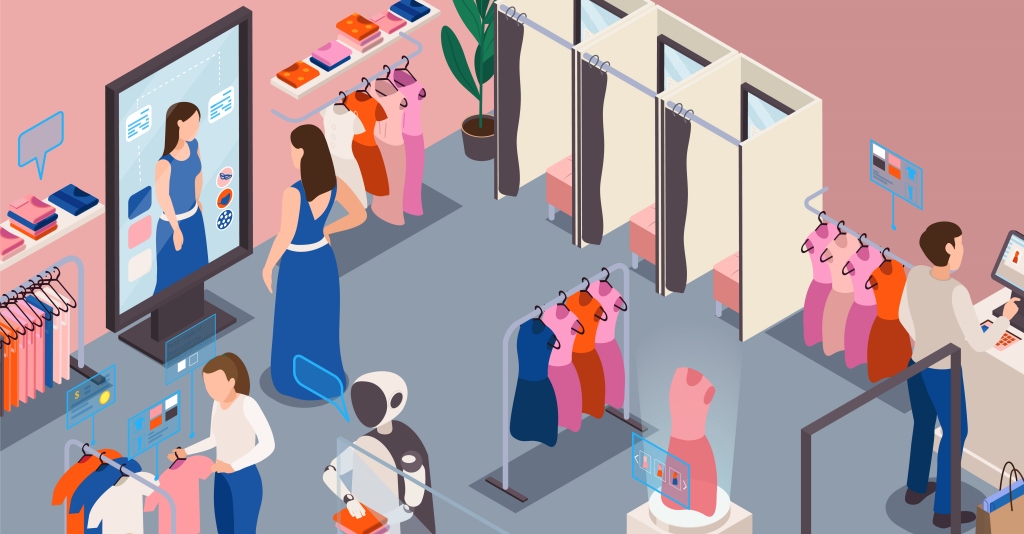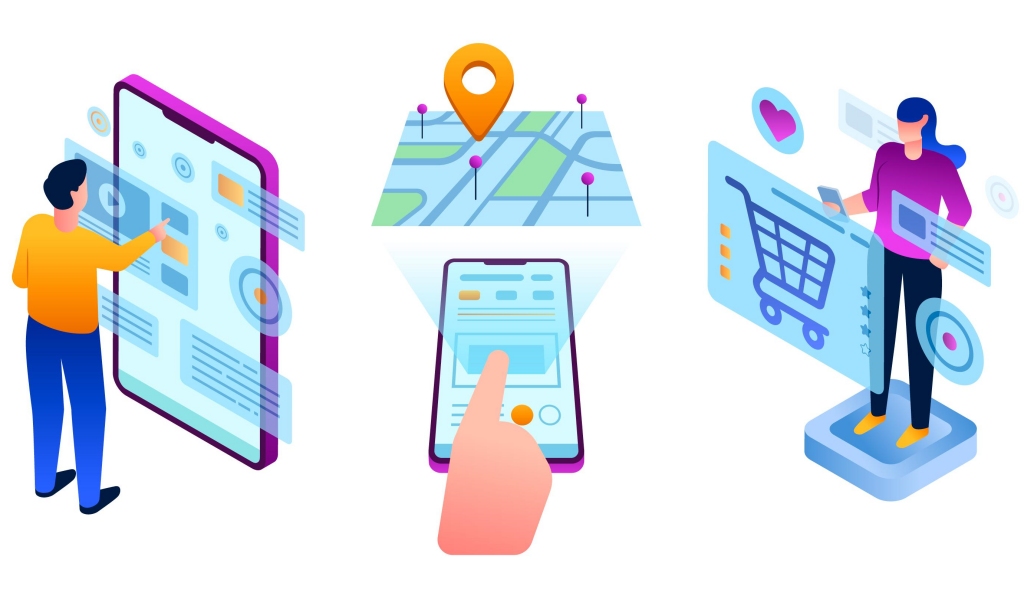XIMIVOGUE Tips on AR Shopping Experience in Retail
Author: Celia| Keywords chosen by Celia
As technology continues to evolve, retailers are looking for ways to provide their customers with more engaging and personalized shopping experiences.
Using AR technology, retailers can create memorable, immersive experiences that differentiate their brand, improve customer satisfaction, and increase sales.
Discover how implementing AR can provide a competitive advantage and revolutionize customer engagement in the marketplace.
What is AR and how does it work in retail?
Augmented reality (AR) bridges the digital and physical worlds of retail by providing an immersive experience that allows customers to visualize and customize products in 3D.
Customers can use augmented reality (AR) technology to virtually browse and explore products, which helps them make more informed decisions and helps retailers increase sales.

1. Virtual try-ons
Virtual try-on is one of the most common uses of AR in retail.
The technology allows customers to see how a product looks on them without actually trying it on. It also allows retailers to offer products that are not currently in stock and deliver them directly to shoppers' doorsteps.
This improves the online shopping experience, makes customers more confident in their purchasing decisions, and reduces product returns.

2. In-store product visualization
AR allows customers to imagine what a product would look like in their own environment.
Through AR, consumers can visualize products in their actual size and environment, providing a more accurate representation than traditional online images. This experience helps customers understand the product's dimensions, style, color, and other information.
This interactive experience allows retailers to capture customers' attention and keep them engaged longer.

3. In-store virtual navigation
Most of us are familiar with the struggle of having to navigate numerous shelves to find what we need. Customers can waste a lot of time searching for specific products in physical stores.
Retailers are using AR to improve the shopping experience by providing interactive maps, special offers, and product information.
Shoppers can use AR to navigate stores more easily, find specific products, and access discounts and special offers in real-time.

4. Interactive in-store customer experiences
AR can enhance the in-store shopping experience by providing interactive and engaging elements.
Retailers can deploy AR solutions in physical stores through dedicated AR displays, smart mirrors, or mobile apps.
AR can also be used to provide personalized recommendations, promotions, or virtual guides that lead customers through the store, showcasing relevant products and offers based on their preferences or previous purchases.

5. Gamification and shopping engagement
Gamification is often used in retail to increase sales. Apps can encourage customers to purchase through virtual rewards.
Retailers can use AR-based games and challenges to engage customers and motivate them to participate. For example, they can encourage customers to explore the store, scan specific products, or complete specific tasks in an AR-based game.
This helps build brand engagement and loyalty and increases dwell time on the product.


 6 Beautiful Winter Headbands for Every Woman on Your List
6 Beautiful Winter Headbands for Every Woman on Your List
 Stay Warm in Style with These Essential Cold Day Accessories
Stay Warm in Style with These Essential Cold Day Accessories
 9 Scented Plushies That Make Every Hug Smell Like Magic
9 Scented Plushies That Make Every Hug Smell Like Magic
 XIMIVOGUE Minimalism Series Jewelry Pieces Redefined for Modern Lifestyles
XIMIVOGUE Minimalism Series Jewelry Pieces Redefined for Modern Lifestyles
 XIMIVOGUE New Store in Malaysia
XIMIVOGUE New Store in Malaysia




